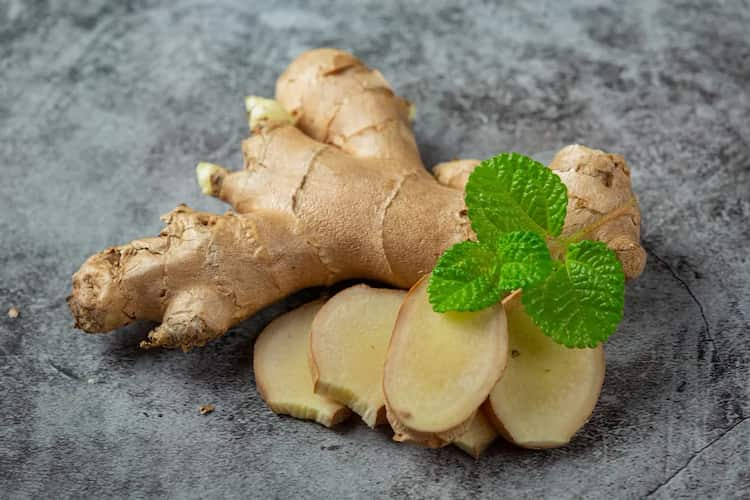A sojourn to traditional villages in Punjab will bring to you sights of farmers engaged in the process of grinding throughout the day. Delving deeper into the state’s culinary corners will introduce you to the very popular adrak ki sabzi, which is fondly prepared by women in almost every household. Known for its taste and health benefits, adrak or ginger is produced in huge quantities in India and is even exported in bulk abroad. Punjab’s adrak ki sabzi has made its mark as a favoured delicacy from the state, mainly because of the warmth ginger lends to the body, and thus protecting it from the state’s severe winter season.
So, what exactly is Punjabi adrak ki sabzi?
Punjabi adrak ki sabzi or ginger curry is a traditional Punjabi dish that stands apart for its unique aroma and taste. Because of the intense flavour of ginger, the recipe is known to boost immunity and protect you from catching cold or falling sick during the cold months.
What are the Ingredients used?
In order to make this strikingly flavoured curry, you do not require many ingredients, given the fact that this dish is largely prepared by farmers in Punjab. You require about half a cup of grated ginger, 2 to 3 finely chopped onions, tomatoes pureed but not in fine paste, cloves of garlic, green chillies according to your choice, turmeric and salt. This dish is prepared in mustard oil, as it is a common practice in Punjab.

Freepik.com
How to make adrak ki sabzi?
The recipe is as simple as it can be. The mustard oil needs prior heating and the grated ginger needs to be sautéed before adding the onions and garlic. Once the onions turn golden brown in colour, add the tomatoes and cook till the oil separates. Add the other ingredients - turmeric, green chillies and salt and a cup of water. The curry now needs to be boiled and then simmered till it thickens. You can have it with parathas or rotis as per your choice.
This recipe should preferably be made during winter and not during the summer months, as ginger is innately hot and may cause other health issues if eaten in warm weather. A traditional pick, this is also made in pure ghee or homemade ghee if available. Some elderly folks prefer this without much tempering or spicing up. A simple salt-pepper seasoning works wonders as well. Keep the consistency thin — or broth-like for more effectiveness. Such recipes are gradually getting lost in time and only when you have an elderly family, you get to know of such wonders. The humble ginger indeed has a way of pleasing our taste buds.
About Author: Satarupa B. Kaur has been writing professionally since a decade now. Always on the go; she loves travel, books, playtime with her toddler as she explores new places and food!


